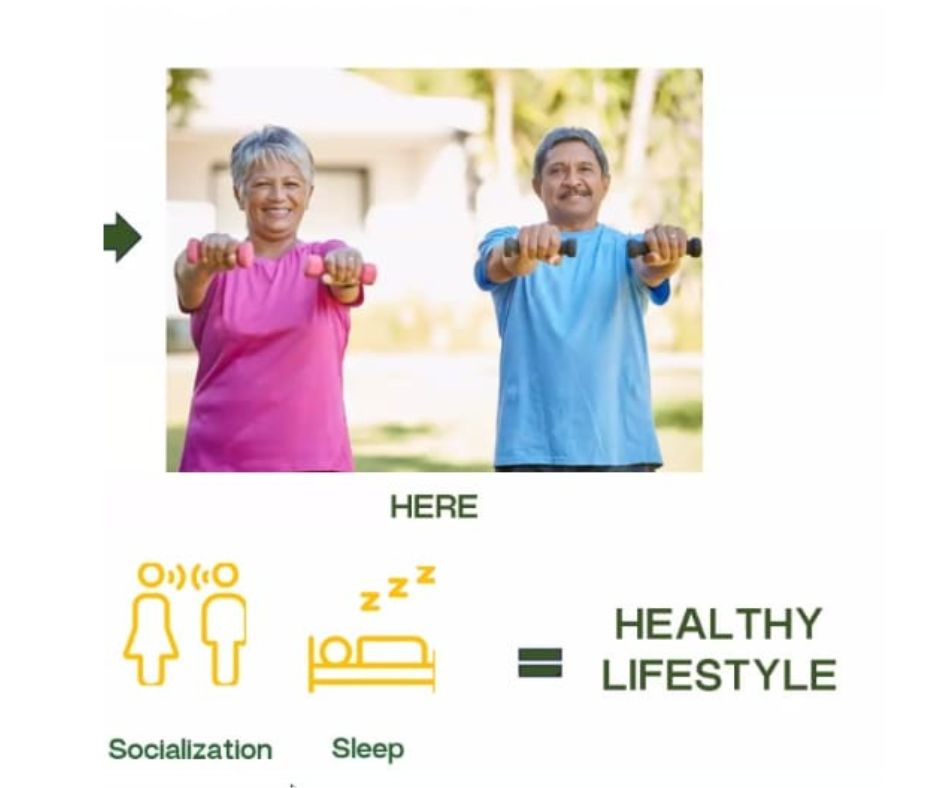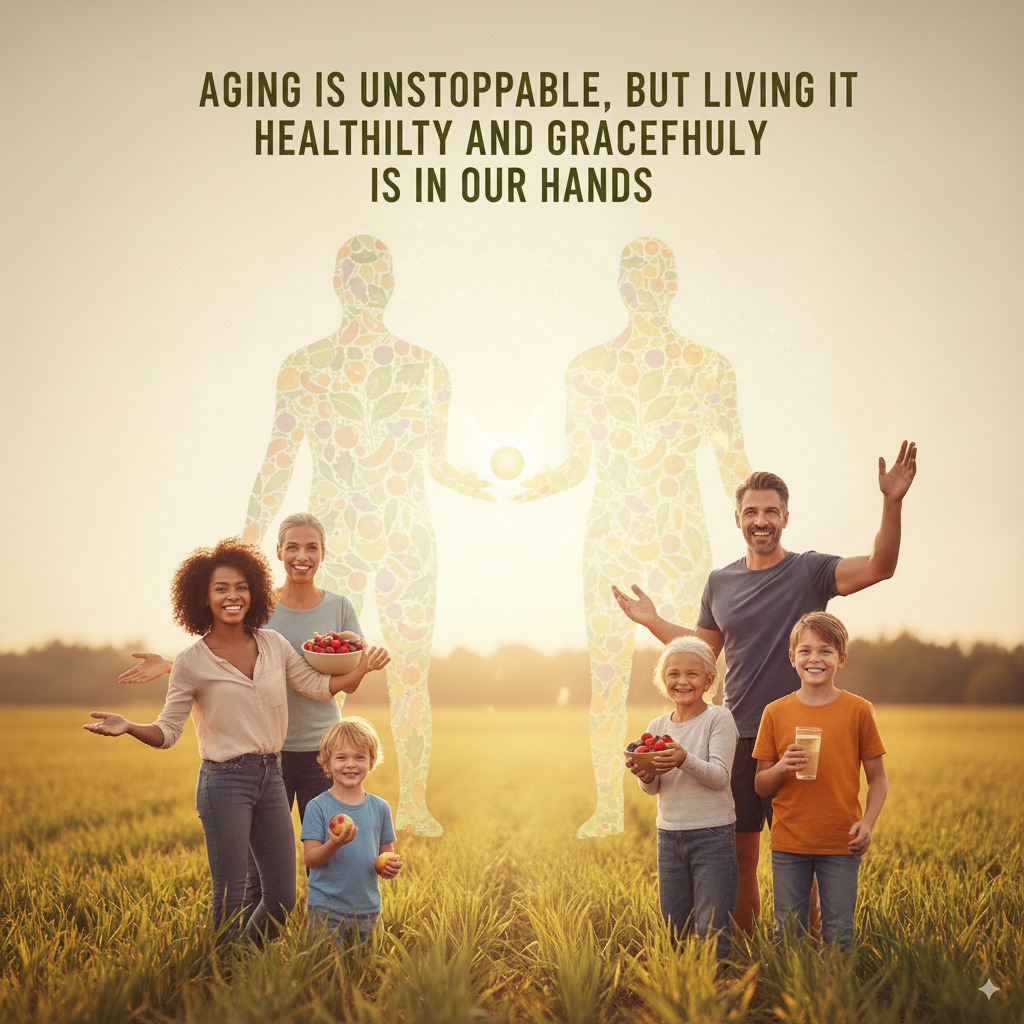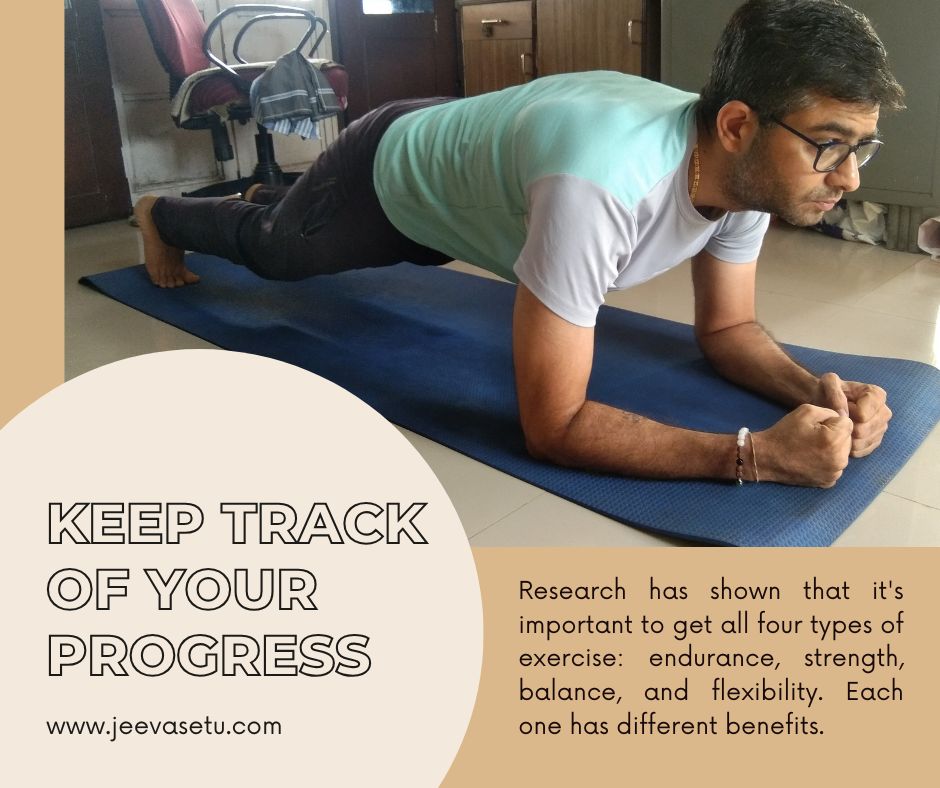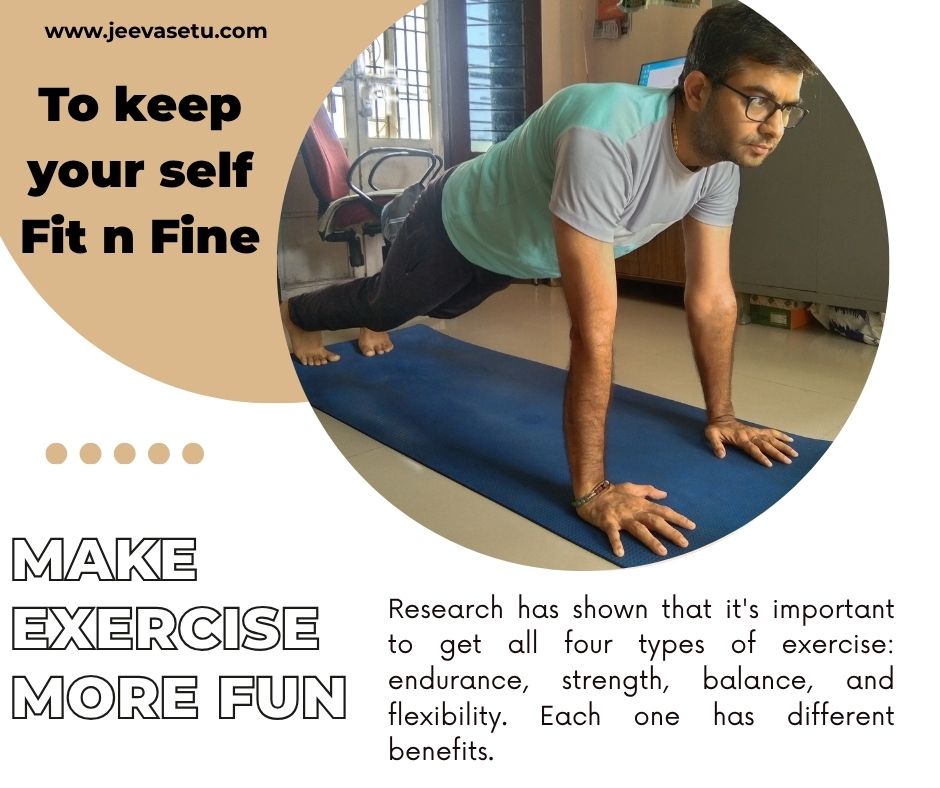To Keep Lifelong Fitness
A Complete Guide to Staying Healthy Forever
Lifelong fitness is not a short-term goal; it is a long-term commitment to your health, well-being, and overall quality of life. In today’s fast-paced and stressful world, maintaining lifelong fitness is more important than ever. It helps you stay physically strong, mentally sharp, emotionally balanced, and spiritually grounded. Lifelong fitness is not about looking good for a season—it’s about feeling good for a lifetime.

What is Lifelong Fitness?
Lifelong fitness means adopting a healthy and active lifestyle that can be maintained throughout every stage of life—from childhood to old age. It includes regular physical activity, proper nutrition, adequate rest, stress management, and preventive health care. The goal is to enjoy every decade of life with strength, energy, and confidence.
Why Lifelong Fitness is Important
1. Prevents Lifestyle Diseases Regular fitness reduces the risk of lifestyle-related illnesses like obesity, diabetes, high blood pressure, and heart disease. A fit body is better at managing blood sugar, cholesterol, and blood pressure levels.
2. Increases Lifespan and Healthspan Fitness adds not just years to your life, but life to your years. Staying active improves immunity, reduces inflammation, and keeps your organs functioning well.
3. Enhances Mental Health Exercise releases endorphins—natural mood lifters. It reduces stress, anxiety, and depression. Lifelong fitness also helps in improving concentration, memory, and overall mental clarity.
4. Improves Physical Strength and Mobility As you age, muscle mass and bone density decrease. Regular strength training and flexibility exercises help prevent falls, injuries, and muscle loss, keeping you independent for longer.

5. Supports Weight Management A consistent fitness routine keeps your metabolism active and helps maintain a healthy weight throughout life, reducing the risk of obesity-related diseases.
6. Boosts Confidence and Self-Esteem A fit and active body brings better posture, positive energy, and a confident outlook on life. It enhances your personality and self-image.
Components of Lifelong Fitness
To keep lifelong fitness, you need a balanced and sustainable approach that includes the following key areas:
1. Exercise and Physical Activity
• Cardio: Walking, running, swimming, cycling – improves heart health and stamina.
• Strength Training: Lifting weights, resistance bands, or bodyweight exercises – builds muscles and bones.
• Flexibility: Yoga, stretching, Pilates – improves joint mobility and posture.
• Balance: Tai Chi, yoga – especially important as you age to prevent falls.
Tip: Aim for at least 150 minutes of moderate exercise or 75 minutes of intense activity every week, plus two days of strength training.
2. Nutrition and Hydration
• Eat whole, unprocessed foods like fruits, vegetables, whole grains, healthy fats, and lean proteins.
• Avoid excess sugar, salt, and processed foods.
• Stay hydrated—drink 8 to 10 glasses of water daily.
Tip: Follow the 80-20 rule—eat healthily 80% of the time and allow occasional indulgences.

3. Rest and Recovery
• Sleep 7-9 hours every night. Good sleep is essential for muscle recovery and mental clarity.
• Take rest days between workouts to prevent injury and fatigue.
Tip: Power naps of 20–30 minutes can help you recharge during the day.
4. Stress Management
• Practice mindfulness, meditation, deep breathing, or journaling.
• Make time for hobbies and things that make you happy.
• Maintain a strong support system of friends and family.
Tip: Spend time in nature—it naturally lowers stress and boosts mood.
5. Regular Health Check-ups
• Monitor your blood pressure, sugar levels, and cholesterol.
• Get annual health screenings and visit your doctor when needed.
Tip: Preventive care is better than curative care. Don’t ignore small symptoms.
Lifelong Fitness at Every Age In Your 20s & 30s:
• Build strong fitness habits.
• Focus on muscle building, flexibility, and cardiovascular strength.
• Learn the correct form to prevent injuries.
In Your 40s & 50s:
• Metabolism slows down—stay active daily.
• Include more strength and mobility work.
• Manage stress and hormonal changes.
In Your 60s & Beyond:
• Focus on flexibility, balance, and joint health.
• Walk daily, do yoga or swimming.
• Stay socially active and mentally engaged.

Mindset for Lifelong Fitness
Success in fitness doesn’t come overnight. It takes a powerful mindset and positive attitude. Here's how:
• Be Consistent, Not Perfect: Even a 20-minute walk daily is better than nothing.
• Set Realistic Goals: Start small. Progress gradually.
• Stay Motivated: Track your progress, reward yourself, join group activities.
• Be Flexible: Life changes—so can your routine. Adjust, don’t quit.
• Educate Yourself: Learn about fitness, nutrition, and your own body.
Common Mistakes to Avoid
• Skipping warm-up and cool-down
• Overtraining without rest
• Eating unhealthy food while exercising
• Ignoring mental and emotional health
• Thinking you are “too old” to start
Remember: It’s never too early or too late to start.
